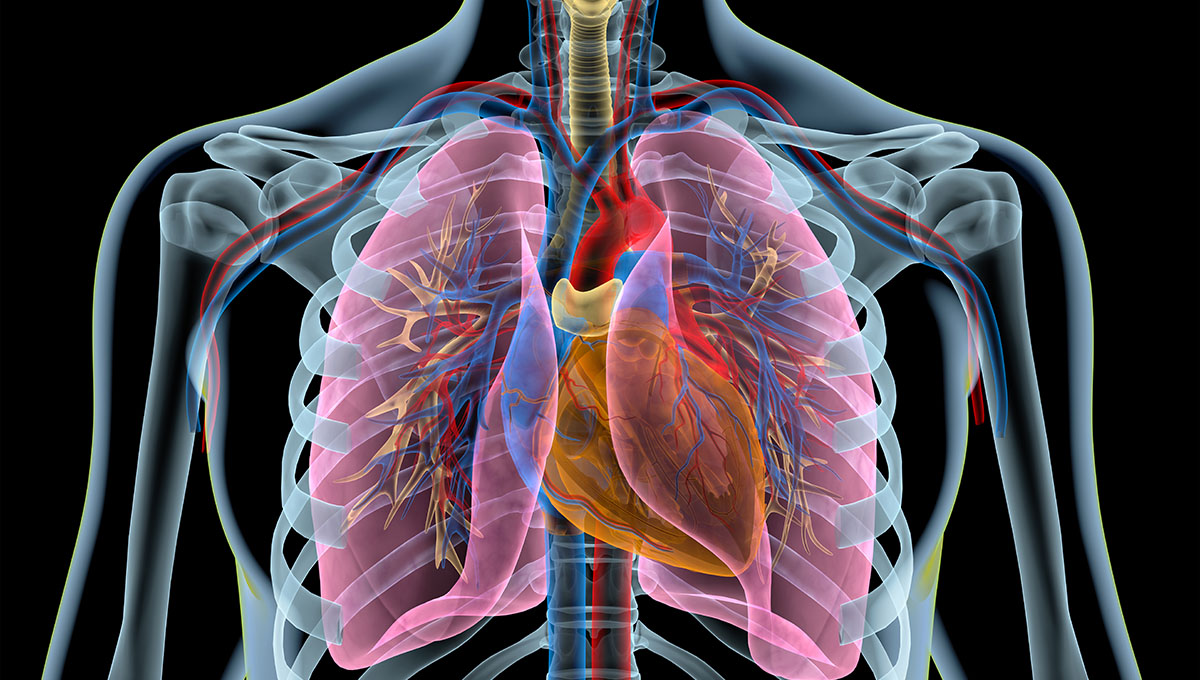The first of its kind RCT in acute intermediate-high-risk PE used a surrogate endpoint, but more data are on the horizon.
SAN FRANCISCO, CA—Patients with acute intermediate-high-risk pulmonary embolism (PE) who undergo mechanical thrombectomy have a greater reduction in the RV/LV ratio at 48 hours than those treated with anticoagulation alone, according to results from the STORM-PE trial.
STORM-PE, as the first randomized trial to compare mechanical thrombectomy versus standard anticoagulation, evaluated a specific intervention: computer-assisted vacuum thrombectomy (CAVT) using the 16-Fr Lightning Flash system (Penumbra), which became commercially available in 2023.
Sharing the results at a TCT 2025 press conference, investigator Robert Lookstein, MD (Icahn School of Medicine at Mount Sinai, New York, NY), said the study was a long time coming.
“The endovascular era for management of acute PE started over 10 years ago,” with the ULTIMA trial of ultrasound lysis versus anticoagulation alone, he noted. In the ensuing years, the US Food and Drug Administration has approved no fewer than seven devices in this area.
For the ULTIMA trial, researchers used RV/LV ratio as their primary endpoint—the same being used now by STORM-PE. That surrogate finding, measured on echocardiography or CT scan, “denotes strain on the right heart that’s caused by an acute pulmonary embolism,” said Lookstein. An RV/LV ratio ≥ 1.0 has been linked previously to worse prognosis: a more than twofold rise in the risk of early death and more than threefold rise in the risk of PE death.
“This is a foundational trial,” he told TCTMD. “I would argue it’s a game changer, because it’s the first trial that’s ever been done that’s compared these new minimally invasive options to the gold standard of anticoagulation alone.”
Sanjum S. Sethi, MD (NewYork-Presbyterian/Columbia University Irving Medical Center, New York, NY), in the media briefing, said STORM-PE “is validating what is already happening in clinical practice and what single-arm studies [have] demonstrated.” However, the new results don’t give any clues as to long-term or hard clinical outcomes, added Sethi.
“We feel this is the first step in the right direction to offer this therapy to more patients,” said Lookstein.
STORM-PE Trial
The 22-site STORM-PE trial enrolled 100 patients (mean age about 60 years; 46% female) with clinical signs and symptoms of acute PE for 14 days or less, CT pulmonary angiography (CTPA) evidence of a filling defect in at least one main or proximal lobar pulmonary artery, RV/LV ratio ≥ 1.0 on CTPA, and elevated cardiac biomarkers. Patients were randomized to either continue on anticoagulation or to also receive CAVT.
Anticoagulation regimens were similar in the two study arms, with 87.0% and 90.4% of the CAVT and drug-therapy groups, respectively, reaching therapeutic levels within 48 hours.
Change in RV/LV diameter ratio at 48 hours, the primary endpoint, was greater with CAVT than with anticoagulation alone (mean reduction 0.52 vs 0.24; P < 0.001). The relative reduction was larger for the CAVT group as well (29.7% vs 13.1%; P < 0.0.001). Additionally, more patients had a positive treatment effect, achieving an RV/LV ratio decrease of > 0.2, with CAVT as compared with anticoagulation (79.3% vs 51.9%; P = 0.001).
Major adverse events within 7 days, a composite of PE-related mortality, recurrent PE, clinical deterioration requiring rescue therapy, and major bleeding, occurred at a rate of 4.3% with CAVT and 7.5% with anticoagulation. Two CAVT patients, but no anticoagulation patients, died of PE-related causes; these events were deemed unrelated to the procedure or device.
“These results obviously reinforce the increasing role of mechanical thrombectomy for patients with acute intermediate-high-risk pulmonary embolism,” Lookstein concluded.
As part of STORM-PE, patients were offered a wearable device at discharge to track their vital signs and allow for functional assessment, he added. “On behalf of the trial leadership, we’re very excited to present our additional secondary and functional outcomes in the near future at subsequent meetings later this year.”









